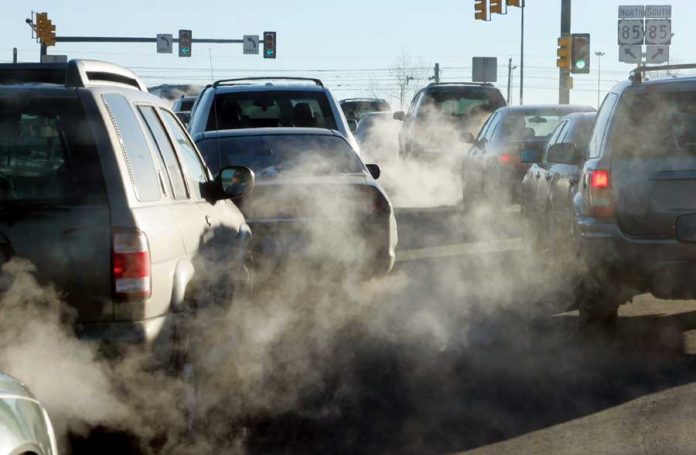The renewed climate action plan has vowed to reduce its intensity or the quantum of carbon released by per unit of GDP to about 33-35% from 2005 levels and increases the share of non-fossil fuels in power generation by 30% by 2030. This marks as an extension on the obligation the country who has undertaken the run-up to 2009 Copenhagen climate conference to cut its emission intensity by 20-25% by 2020. As per the data available in 2012, India’s share in global CO2 emissions was 5.7%, where China’s was 28.6% and the US’ is 15.1%. In per capita terms, India’s emissions in 2012 were just 1.6 tonnes, the US was 16.4 tonnes and China’s was 7.1 tonnes.
India as a developing country needs more liberal financial and technological support to reduce its emission elasticity with respect to GDP. It has already refrained from making its commitment in establishing carbon trading. India has not set a time frame for reducing emissions in absolute terms .Green activists has welcomed India’s climate action plan as it would be reflected on the country’s development challenges, aspirations and the realities of climate change.
According to the official sources, the reduction in emission elasticity has been achieved by improvements made in technology, energy mix and energy efficiency. India is performing well to meet the goals for 2020 but the new objective will require more demand action at multiple levels and involve all stakeholders.
Aggressive afforestation done by people affects directly India’s strategy on emission intensity reduction as an additional carbon sink of 2.5 to 3 billion tonnes of CO2 or equivalent will be created by 2030 by enhancing forest and tree cover. The afforestation fund is collected from the compensation monies from the corporates who set up projects on forest land. According to the initial estimates India would require around $206 billion between 2015 and 2030 for implementing these committed adaptation actions in agriculture, forestry, fisheries infrastructure, water resources and ecosystems.
The estimation made by NITI Aayog for the mitigation activities for moderate and low-carbon development in India would cost around $834 billion till 2030. In the Intended Nationally Determined Contributions ( INDCs) submitted to the United Nations Framework Convention on Climate Change (UNFCCC) in Bonn, India has proposed that the genuine requirements for a developing countries for an equitable carbon and development space to achieve sustainable development and eradicate poverty should be safeguarded.
There are sundry of repute online drugstores. However some aren’t drugstores at all. Discount pharmacies allow patients to gain access to their prescriptions at a fraction of the cost. For example Diprolene cream is a topical corticosteroid. This medicine reduce redness associated with numerous skin conditions. Generally, if you have lost the seductiveness to your partner, medicines like Cialis to improve potency is unlikely to help him back. What about buy generic viagra online and sexual problems? Did somebody tell you about ? More information about DRUG available at . The signs of sexual problems in men include incredibility to maintain an erection sufficient for sexual functioning. Low libido isn’t the same as emasculation, but many similar aspects that stifle an erection can also dampen your desire. What remedy is suitable for male impotency? Finally purchasing medicines from Internet can save money, but keep above mentioned tips in mind.

